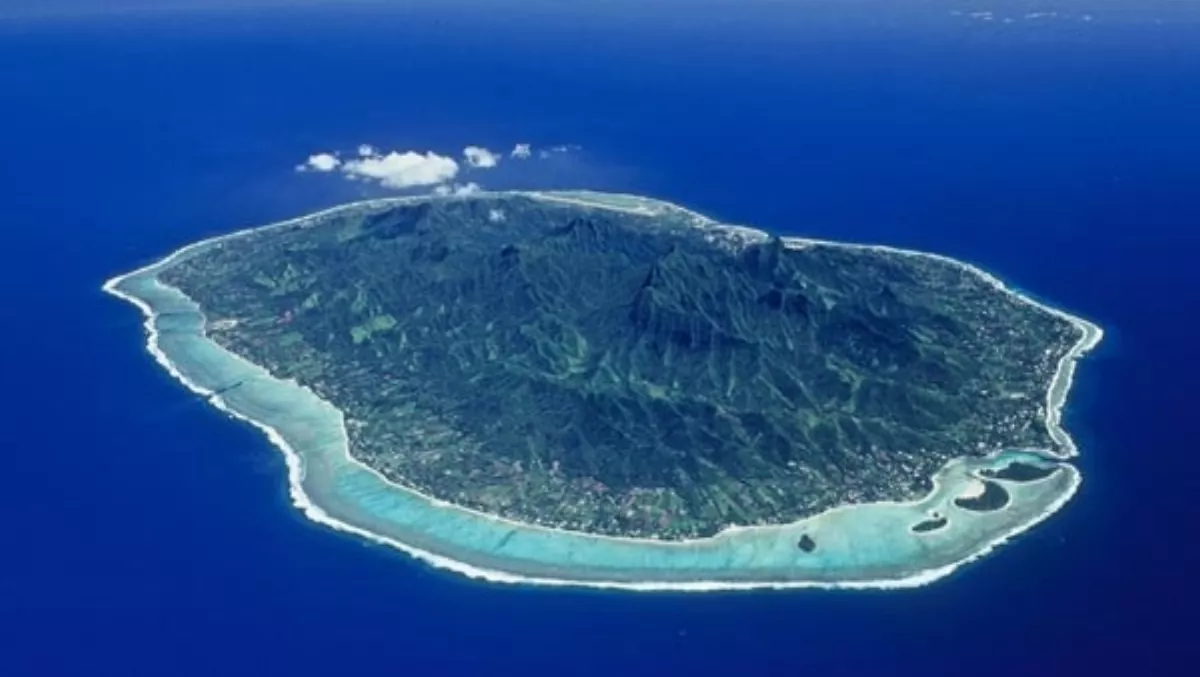
IPM to the rescue in Air Rarotonga’s remote site challenges
Working at one of the world’s most remote sites, Air Rarotonga’s IT Manager Marcus Gleinig experiences problems of distance, latency, cyclones, power cuts and scarce resources that most IT professionals could scarcely even imagine.
But Gleinig enjoys the challenge – when a non-critical computer on a remote island was inundated by sea water after a cyclone, he immersed it in WD240, covered it with lacquer and fired it up again.
Also he’s a dab hand with a soldering iron.
When it came to needing network tools, the resourceful Gleinig knew where to go – straight to SolarWinds, for IP Monitor. This solution alerts him as soon as the company’s far flung network develops problems, so he can address these before the phone starts ringing with user complaints.
Customer
Air Rarotonga operates scheduled passenger, cargo and charter services from Rarotonga island to eight other Cook Islands destinations, and weekly code-sharing flights with Air Tahiti to Papeete on Tahiti in French Polynesia.
The Cook Islands are a parliamentary democracy in the South Pacific Ocean, in free association with New Zealand. It comprises 15 small islands whose total land area is 240 sq km. The Cook Islands' Exclusive Economic Zone covers some 1.8 million sq km of ocean.
Network Challenge
Air Rarotonga in the Cook Islands self-hosts its Airline Reservation and all other IT systems systems due to slow bandwidth, nominally 4MBs but slowed by latency of at least 500 milliseconds.
Several dozen physical and virtual servers, over 100 client devices, dozens of printers and firewalls are scattered over an area the size of western Europe, with most of the sites unattended six out of seven days. All eight outer island locations are linked by satellite and local DSL circuits.
Poor communications and occasional cyclones and power outages exacerbate problems. The huge distance from anywhere also affects Air Rarotonga’s IT service – the island is 1,200km west of Tahiti, 3,500km from New Zealand, 5,500 from Australia, and 8,000km from California.
Air Rarotonga’s IT team comprises – Marcus Gleinig.
With no professional help and a high workload, he finds it essential to be pro-active when a fault occurs, and to automate the alert process. When outer island users or even in-house staff discover a fault, the lead time until resolution can make all the difference between normal operations and manual failover that leads to a chain reaction of delays, both IT and logistically.
Previously Gleinig monitored a small range of critical devices using home-cooked batch files which became increasingly complex and eventually unmanageable.
He used an inexpensive external monitor for transaction integrity, but received few alerts as the text message service on Rarotonga is often unavailable. His emails arrived by mobile phone.
Occasionally he had to drive either home or to a wifi hotspot to remotely attend to a reported problem, although the furthest island is a four-hour flight distant. Sometimes airline staff members help by switching devices on or off at remote island sites.
“It’s an interesting environment with all those constraints, and needs resources that people take for granted in the outside world,” said Gleinig.
“We have issues with latency, bandwidth, cyclones, power cuts and scarce resources, so I need to improvise and to be resourceful.”
Solution
Gleinig scoured the Internet for a solution to monitor Air Rarotonga’s infrastructure and selected SolarWinds IP Monitor (IPM) with a little telephone help from SolarWinds’ people. He also considered the GFI product.
“I knew SolarWinds as a vendor of streamlined and stable solutions, and my positive experience and the responsiveness of their sales staff, as well as the availability of various free useful products, tipped the scales,” said Gleinig. He liked IPM’s easy installation, small footprint and self-contained package. He bought the solution so he could react quickly to any outage or fault that might occur anywhere in the airline’s extensive network.
Results
“IPM has made a big difference to my working life,” said Gleinig. “By receiving emails whenever there is even the slightest hiccup, I am able to do my job more effectively, and can use IPM’s Web interface to investigate further or monitor the result of any corrective measures taken.”
He is able to monitor Web Services using expected result sets from IPM rather than the scripts that he had developed.
“IPM tells me what’s wrong before the phones start ringing when someone reports a problem,” said Gleinig. “Before, often I knew something was wrong but needed time to narrow down the issue. Now if there is a power cut, I can see immediately where the problem lies.”
He says IP Monitor is simple to use and delivers the benefits of immediate visibility of reliability and performance monitoring. The deployment has freed his time to be more pro-active elsewhere.
Client Statistics
• Remote: 5,500km to Australia, 3,500km to New Zealand, 8,000km to California
• 1,800,000 sq km of ocean to cover
• 500 milliseconds latency
• Cyclones, power cuts, slow communications
• Dozens of servers, 100 client devices, dozens of printers and firewalls spread over a huge area
• Most of the sites unattended six out of seven days.

